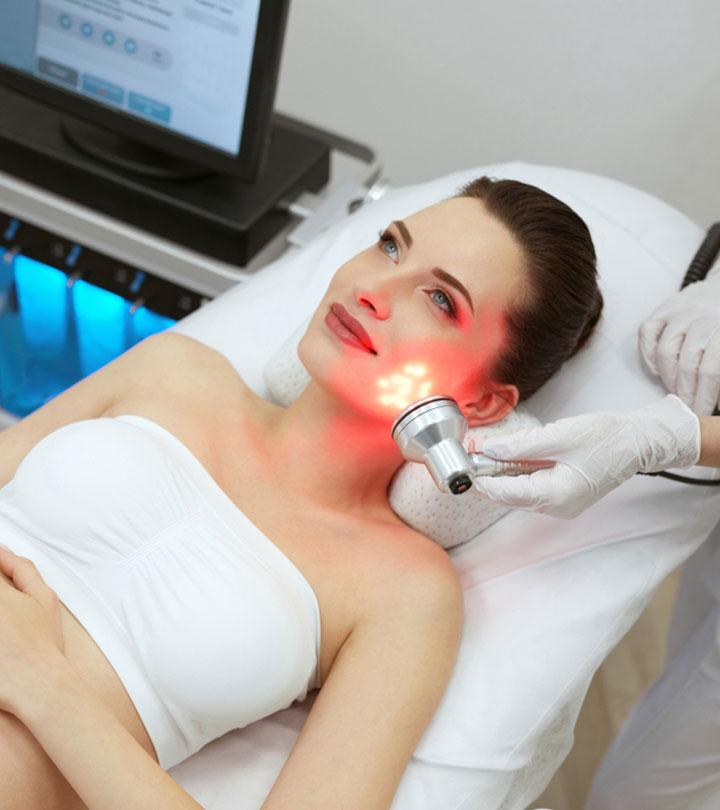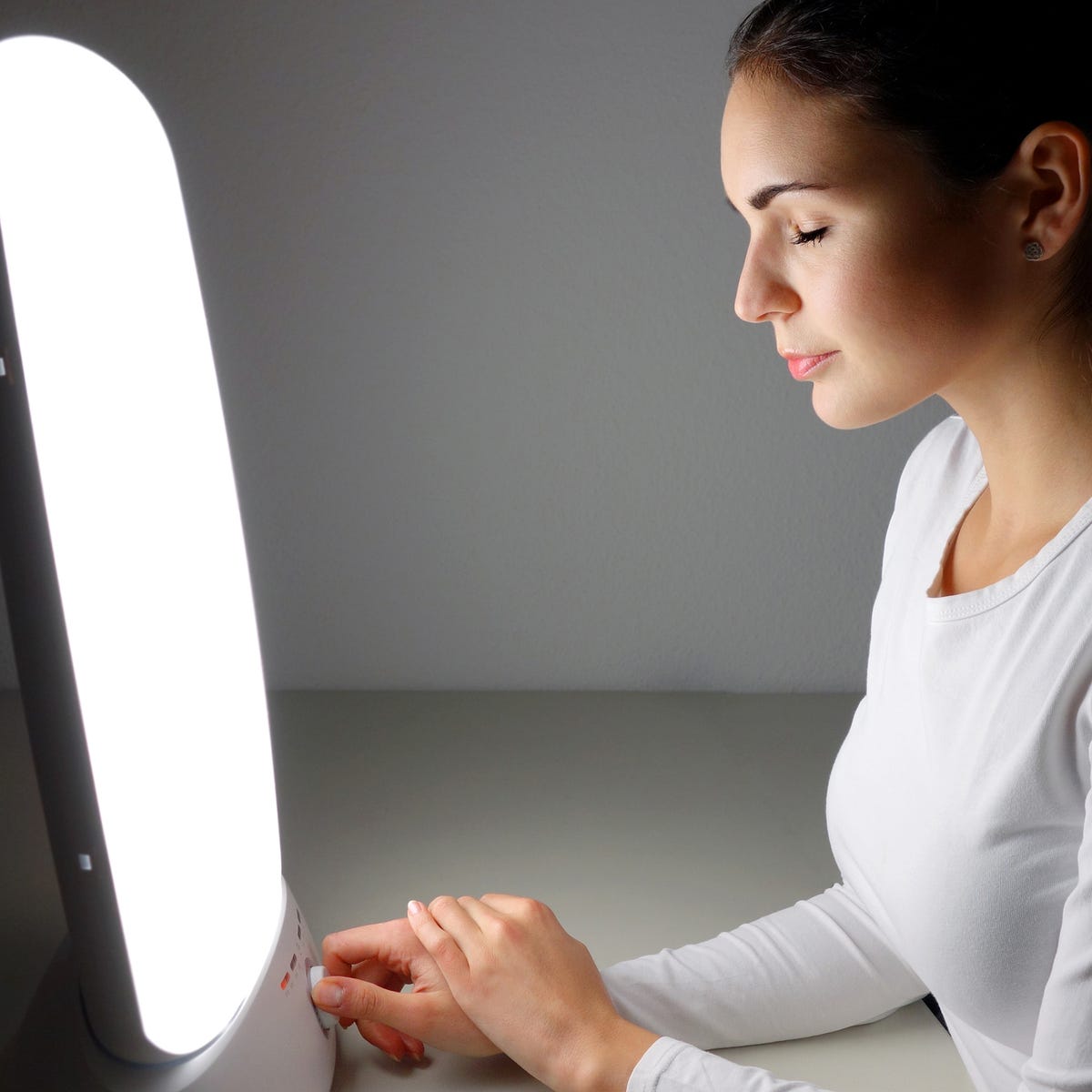Changing Health Care: The Power of PBM Therapy Revealed
Wiki Article
Opening the Possible of Photobiomodulation: A Promising Method for Restorative Treatment
Are you curious about the potential of photobiomodulation for therapeutic intervention? By targeting specific mobile procedures, photobiomodulation has actually shown potential in accelerating wound recovery, lowering discomfort, and promoting tissue regeneration. In this intro, we will certainly check out the systems of action, applications in medication, and the existing evidence supporting the efficiency of photobiomodulation.Recognizing Photobiomodulation
To recognize photobiomodulation, you need to understand the concept of just how light treatment can directly influence mobile processes in your body. Photobiomodulation, additionally called low-level light treatment, is a non-invasive treatment that makes use of certain wavelengths of light to stimulate biochemical responses in your cells. When subjected to these light wavelengths, your cells absorb the power and convert it into mobile energy, referred to as adenosine triphosphate (ATP) This boost in ATP production brings about a waterfall of cellular responses, consisting of enhanced metabolic rate, enhanced circulation, and raised production of collagen and various other proteins.The restorative effects of photobiomodulation are significant and have actually been studied thoroughly in various medical areas. It has shown encouraging cause promoting cells repair and regrowth, lowering inflammation, soothing pain, and improving injury healing. Additionally, photobiomodulation has actually been found to have a favorable influence on neurological conditions, such as terrible mind injury and stroke, by stimulating neural activity and promoting neuroplasticity.
One of the crucial advantages of photobiomodulation is its safety and security account. Unlike various other therapies, photobiomodulation does not produce any kind of warm or trigger cells damage. It is a non-invasive and painless procedure that can be executed in a medical setting or also in the convenience of your own home with the usage of mobile gadgets. It is crucial to note that photobiomodulation needs to be provided by trained specialists or according to the producer's directions to guarantee ideal results and security.

Systems of Action
In comprehending the systems of activity, you will certainly discover how photobiomodulation directly affects cellular processes with details biochemical responses. When light is put on the body, it is absorbed by chromophores, such as cytochrome c oxidase and flavins, which are present in the mitochondria. This absorption results in a waterfall of events that ultimately result in mobile modifications.Among the key systems of activity is the stimulation of ATP manufacturing. Photobiomodulation boosts the task of cytochrome c oxidase, a crucial enzyme in the mitochondria that is associated with the electron transportation chain. This raised task results in the production of even more ATP, the primary power currency of the cell. Because of this, cellular metabolic process is enhanced, advertising tissue fixing and regrowth.
In addition, photobiomodulation has been shown to regulate mobile signaling pathways. It activates different development elements and signaling molecules, such as nitric oxide and responsive oxygen varieties, which play essential functions in procedures like angiogenesis, inflammation, and cell expansion. These signaling paths add to the healing effects of photobiomodulation, promoting tissue recovery and lowering discomfort and inflammation.
Applications in Medicine
Check out the considerable applications of photobiomodulation in medicine. Photobiomodulation, also understood as low-level light therapy, is a non-invasive therapy that utilizes light to advertise and stimulate cellular processes healing. In medicine, this technique has shown promising results across various fields.One of the primary applications of photobiomodulation is in pain management. pbm therapy. It has actually been utilized to ease both persistent and severe pain, including musculoskeletal conditions, neuropathic pain, and post-operative discomfort. By targeting the damaged location with certain wavelengths of light, photobiomodulation can minimize swelling, promote tissue repair, and provide alleviation
In addition, photobiomodulation has actually shown prospective in injury recovery. It can speed up the healing procedure by improving cell expansion, promoting angiogenesis, and reducing mark cells development. This has substantial implications in the therapy of persistent injuries, such as diabetic ulcers and pressure sores.
In dermatology, photobiomodulation has been utilized for its regenerative and anti-inflammatory impacts. It can enhance the look of scars, minimize acne sores, and promote hair growth in problems like androgenetic alopecia.
Additionally, photobiomodulation has revealed guarantee in neurorehabilitation. It can enhance cognitive function, boost motor recovery, and help in the treatment of neurodegenerative conditions like Alzheimer's and Parkinson's.
Scientific Evidence and Study Findings

In the field of musculoskeletal conditions, photobiomodulation has actually been located to lower pain and inflammation, improve range of movement, and speed up cells photobiomodulation laser repair service. In addition, photobiomodulation has actually revealed favorable results on injury recovery by advertising collagen angiogenesis, synthesis, and fibroblast expansion.
Additionally, research study has shown that photobiomodulation can have neuroprotective and neuroregenerative effects. It has been found to boost cognitive feature, lower neuroinflammation, and boost neuronal survival and synaptic plasticity. This has crucial ramifications for the treatment of neurological conditions such as Alzheimer's disease, Parkinson's disease, and stroke.
Future Instructions and Possible Obstacles
Relocating forward, it is vital to think about the potential obstacles and future directions bordering the use of photobiomodulation as a healing intervention. Presently, there is no consensus on the ideal wavelength, strength, duration, and regularity of photobiomodulation treatment.An additional crucial future instructions is the advancement of cost-effective and mobile photobiomodulation devices. While present devices are efficient, they are typically cumbersome, costly, and call for expert guidance - photobiomodulation. The development of straightforward and budget friendly devices would substantially enhance ease of access to this treatment, allowing more people to take advantage of its possible therapeutic results
In addition, future research needs to focus on elucidating the devices underlying photobiomodulation. In spite of its growing appeal, the exact devices whereby photobiomodulation exerts its healing impacts are not fully recognized. Comprehending these systems would not only enhance our knowledge of the treatment however likewise aid in the development of even more targeted and efficient interventions.
However, there are also possible challenges that need to be addressed. pbm therapy. These include the requirement for standardized methods, the need for properly designed medical trials with larger example sizes, and the need for lasting follow-up research studies. Furthermore, regulatory and safety and security considerations must be taken into consideration to ensure the efficient and secure use of photobiomodulation in clinical method.
Verdict
In verdict, photobiomodulation holds terrific promise as a restorative treatment in medicine. With recurring studies and improvements in this area, photobiomodulation has the potential to unlock new possibilities for boosting patient results.Are you curious concerning the potential of photobiomodulation for therapeutic intervention? By targeting details mobile procedures, photobiomodulation has actually revealed possible in speeding up wound healing, lowering discomfort, and advertising tissue regeneration.Furthermore, photobiomodulation has actually shown prospective in wound recovery.Moving ahead, it is essential to think about the future instructions and possible difficulties surrounding the use of photobiomodulation as a healing treatment. With recurring studies and innovations in this area, photobiomodulation has the prospective to unlock brand-new opportunities for improving client results.
Report this wiki page